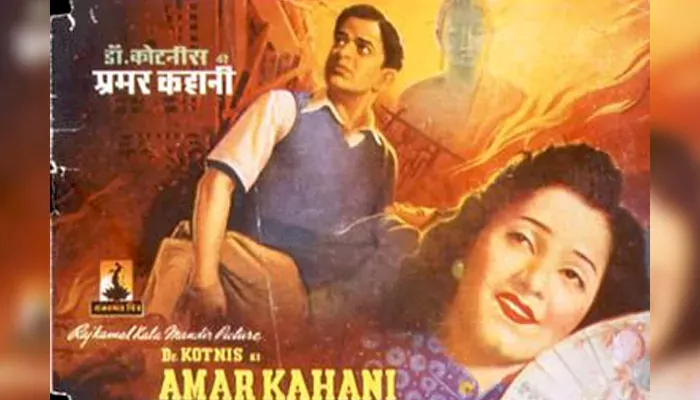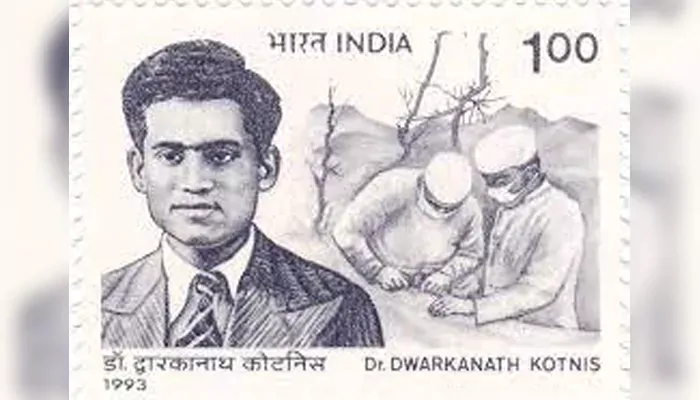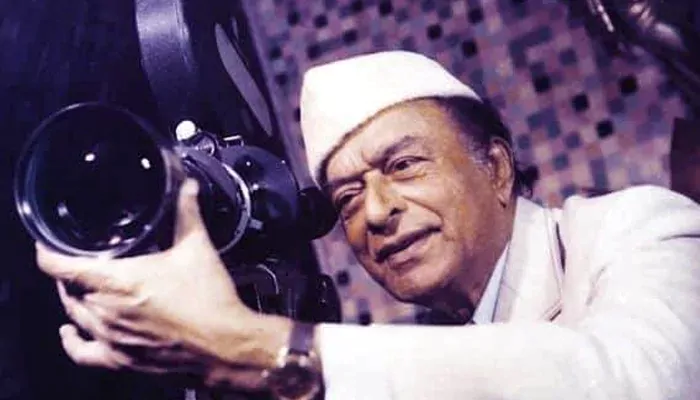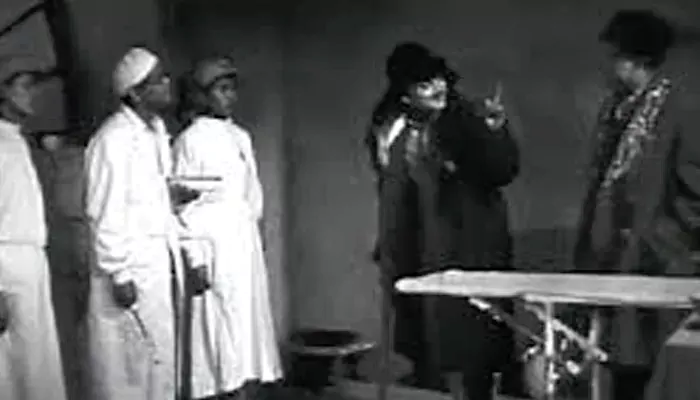
When compassion crossed borders and cinema honoured a forgotten hero
In 1946, Indian cinema released a unique war film. Instead of glorifying combat, Dr. Kotnis Ki Amar Kahani highlighted the true story of Dr. Dwarkanath Shantaram Kotnis, a young Indian doctor who answered a call to heal, not fight, in wartime China. His sacrifice, during India’s own struggle for freedom, became a symbol of international solidarity and humanity above all borders. Directed by V. Shantaram, the film became a tribute to courage and compassion—portraying a man who, without a gun, served on the frontlines of two nations’ hopes.

Dr. Kotnis was born in 1910 in Solapur, Maharashtra, and graduated from Grant Medical College in Bombay. In 1938, as Japanese forces bombarded China during World War II, the Chinese Communist Party requested medical help. Responding, the Indian National Congress sent a team of five doctors, including the 28-year-old Kotnis. Unlike the others, he chose to stay, driven by empathy and a commitment to alleviate suffering.
In China, Dr. Kotnis worked with the Eighth Route Army, led by prominent figures such as Mao Zedong and Zhu De. The conditions were dire—poor supplies, constant bombings, and no proper medical facilities. Kotnis travelled with mobile units, performing surgeries in tents, caves, and forest hideouts. During one campaign, he famously worked nonstop for 72 hours, treating hundreds of wounded soldiers. He quickly gained the trust of the Chinese people. They saw him not as a foreigner, but as one of their own—a healer with steady hands and a tireless spirit.
Amidst the chaos of war, Dr. Kotnis found love. He married Guo Qinglan, a Chinese nurse he met while treating the wounded. Their union was more than personal—it symbolized the deep connection between two cultures united by struggle. In 1942, they had a son, whom they named Yinhua, a combination of ‘Yin’ for India and ‘Hua’ for China. But the happiness was short-lived. That same year, Kotnis began suffering from epilepsy. In December, just months after his son’s birth, he died at the age of 32. His funeral was attended by top Chinese leaders, who mourned him as a national hero.

Four years after his death, filmmaker V. Shantaram brought Dr. Kotnis’s story to the screen. The director himself played the lead role, adding authenticity and emotional depth. The film was made in both Hindi and English, with the English version titled The Journey of Dr. Kotnis. Its script, based on journalist K. A. Abbas’s account, focused on sacrifice, resilience, and love across cultures. It was one of the first Indian films to earn international acclaim, having been screened at the Venice Film Festival. At a time when most films leaned on escapism, this one dared to honour a real-life martyr.

More than a drama about war, Dr. Kotnis Ki Amar Kahani carried a message of global unity and selfless service. By depicting an Indian doctor coming to China’s aid during a crisis, the film highlighted India’s sense of global responsibility and emphasized that humanity should transcend national boundaries. The story became a shared memory, recognized by both countries, and stands as a tribute to unity, empathy, and enduring bonds.
Dr. Kotnis is one of the few Indians celebrated in both China and India. Through the film, his story continues to inspire, showing that true heroism lies in selfless, boundary-defying service. In a divided world, his legacy teaches us that healing and compassion are acts of courage with the power to unite.